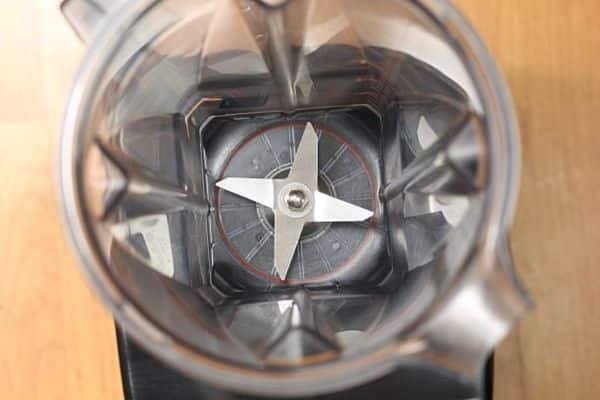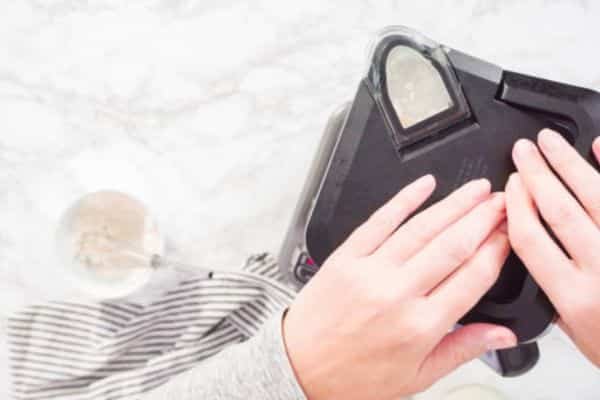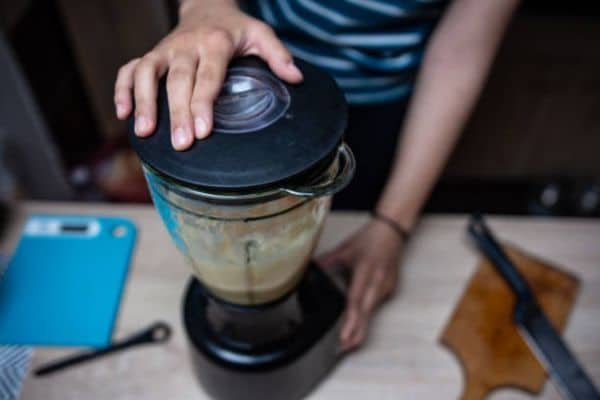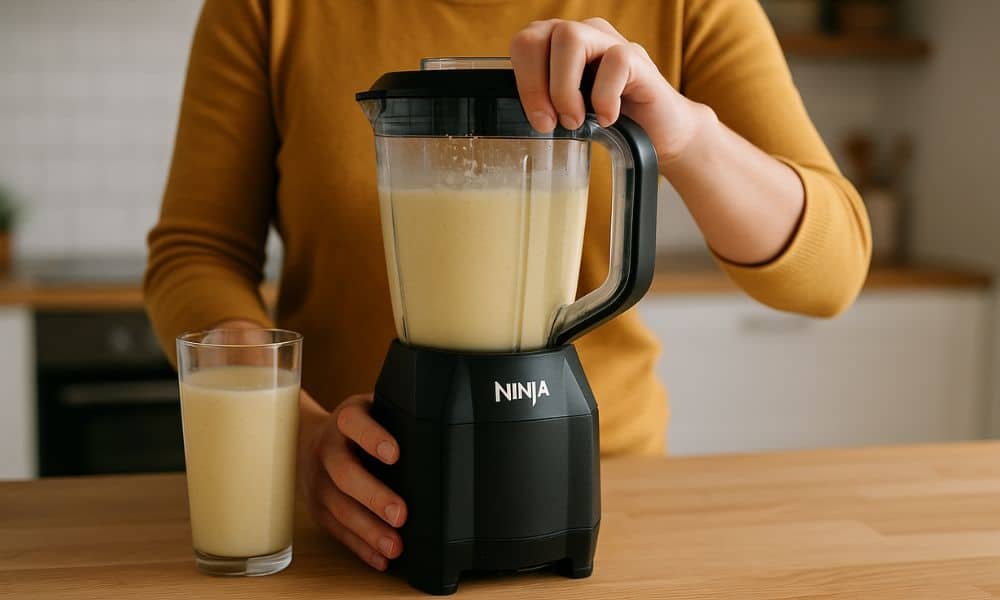The first time I used my Ninja blender, I made a thick banana shake. It blended fast and smooth. But after pouring the drink, I tried to lift the pitcher—and it wouldn’t move. I twisted. I tugged. Nothing worked. I thought I broke it. Turns out, it was locked in too tight. That moment taught me a lesson I never forgot. Many new users face this same problem. So now, I’m here to help. In this guide, I’ll show you How To Remove Ninja Blender From Base the right way—gently, safely, and without frustration. Let’s make it easy together.
Why the Ninja Blender Locks Tightly in Place
Understanding how to remove Ninja blender from base starts with the design. The base is made to hold the pitcher tight. This keeps it safe while the blades spin fast.
The pitcher locks into place with strong plastic tabs. You twist it on, and it clicks. That click means it’s ready to blend.
But that tight grip can work against you. Bits of food can dry around the edge. Moisture can settle under the pitcher. Twisting too far can also make it harder to unlock.
Once the base grips too tight, lifting becomes a struggle. Knowing this helps you handle it better.
Step-by-Step: How to Remove Ninja Blender from Base

Getting your blender unstuck doesn’t need to be hard. Follow these easy steps to remove it safely and cleanly.
Step 1: Unplug the Blender
Pull the plug from the wall. This keeps you safe while you work. No power means no surprise spins.
Pro Tip: Always unplug before touching any part near the blades.
Step 2: Empty the Pitcher
Pour out whatever you blended. Leftover food adds weight and makes things slippery. Give the inside a quick rinse too.
Pro Tip: Rinse with warm water to remove sticky food bits before lifting.
Step 3: Hold the Base, Twist the Pitcher Left

Grip the base with one hand. Use your other hand to twist the pitcher left (counterclockwise). Go slow and steady. You’ll feel it loosen.
Pro Tip: Use a dry towel for a better grip if your hands are wet.
Step 4: Lift Straight Up
Once the twist is done, lift the pitcher straight up. No tilting. No shaking. Just a clean pull.
Pro Tip: Don’t rush this part. A slow lift works best and keeps the base in place.
Step 5: Clean the Base if Needed

Look at the base. Wipe off food or liquid around the edges. Use a soft cloth or sponge. Keeping it clean makes next time easier.
Pro Tip: A soft toothbrush works great for crumbs stuck in tight corners.
These steps work for most stuck pitchers. Keep them in mind and you’ll never need to force it again.
Common Mistakes Beginners Make (And How to Avoid Them)

Even the best kitchen tools can cause trouble with one small mistake. Here are the top blender slip-ups I’ve seen—and how to skip them.
Pulling Without Twisting
This is the most common one. New users try to lift the pitcher straight off. But the Ninja locks in place. You have to twist it left first.
Avoid It: Always twist before lifting. That’s how the base lets go.
Twisting the Wrong Way
It’s easy to forget which way it turns. Twisting right makes it tighter. That can jam it even more.
Avoid It: Left to loosen, right to lock. Simple rule: left to lift.
Leaving It Dirty
A little sauce or smoothie drip may not seem like much. But it dries fast and acts like glue. That builds up around the lock.
Avoid It: Wipe the base and bottom of the pitcher after every use.
Using Tools to Pry It Open
A knife or spoon might look like a quick fix. But this can crack the base or damage the pitcher. It’s risky and often makes it worse.
Avoid It: Use your hands. A towel can help with grip—no tools needed.
Storing It Locked
Leaving the pitcher on the base seems neat. But over time, it sticks tighter. That pressure adds up.
Avoid It: Always store the base and pitcher apart. It keeps both parts in better shape.
What to Do If It’s Still Stuck
Sometimes, even after a good twist, the pitcher just won’t budge. Don’t panic. A few simple tricks can help loosen it without damage.
Gently Tap Around the Base
Use the palm of your hand to tap around the bottom of the pitcher. This can shake loose dried food or pressure points.
Tip: Don’t hit too hard. Just light taps in a circle around the base.
Use a Dish Towel for Better Grip
Wet hands or smooth plastic can make it hard to twist. Wrap a dry towel around the pitcher for more control.
Tip: A silicone jar opener works great here too.
Try the Warm Towel Method
Soak a towel in warm water. Wring it out. Wrap it around the lower part of the pitcher, not the base. Let it sit for two minutes.
Tip: The warmth helps loosen sticky spots caused by dried food or cold pressure.
Let It Sit, Then Try Again
Step back. Take a breath. Let the blender sit for a few minutes. Then try the twist-and-lift again with slow, even pressure.
Tip: This break helps the lock relax. It also gives your hands a rest.
Prevent Future Sticking: Simple Daily Habits

The best fix is not needing a fix at all. A few small habits can stop the pitcher from sticking in the first place.
Wipe the Base Clean After Each Use
Food and liquid can drip onto the base. If they dry, they create a sticky seal. That makes the next removal harder.
Rinse and Dry the Pitcher Fully
After blending, rinse the bottom of the pitcher. Then dry it well before setting it down. This helps prevent water buildup in the locking area.
Store the Pitcher and Base Separately
Keeping them locked together may save space, but it adds pressure over time. That tight grip becomes harder to undo.
Don’t Overtighten During Use
A gentle twist is enough to lock it. Twisting too far presses the tabs in tighter. This makes it tougher to unlock later.
Final Thoughts
You’re not the only one who’s wrestled with a stuck blender. It happens to the best of us—even after years in the kitchen. The good news? It’s an easy fix once you know the steps.
First, unplug the blender. Then twist the pitcher to the left and lift straight up. Clean the base often. Avoid twisting too tight. And don’t store it locked.
A little care goes a long way. With simple habits, you’ll keep your Ninja working like new.
FAQ
Why won’t my Ninja blender pitcher come off?
It may be locked too tight. Dried food, moisture, or overtwisting can cause this. Try twisting left, using a towel for grip, or warming the base area with a damp cloth.
Can I damage my blender trying to remove it?
Yes—if you use tools or force it. Pulling hard or prying with metal can crack the base. Always twist gently and follow safe removal steps.
What’s the easiest blender to use for beginners?
Look for the best blenders under $50 with simple controls and soft-lock pitchers. Options like the Hamilton Beach Power Elite or Black+Decker Crush Master are great choices under $50.

